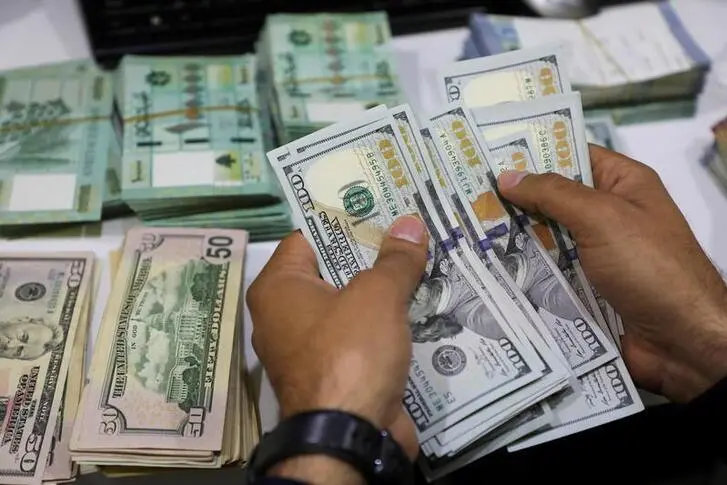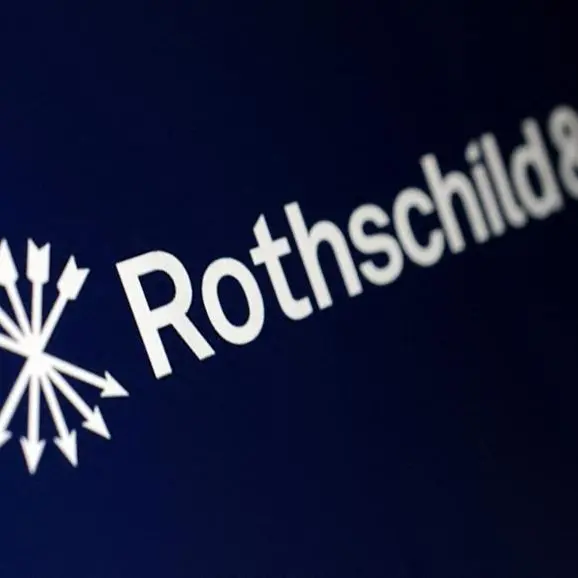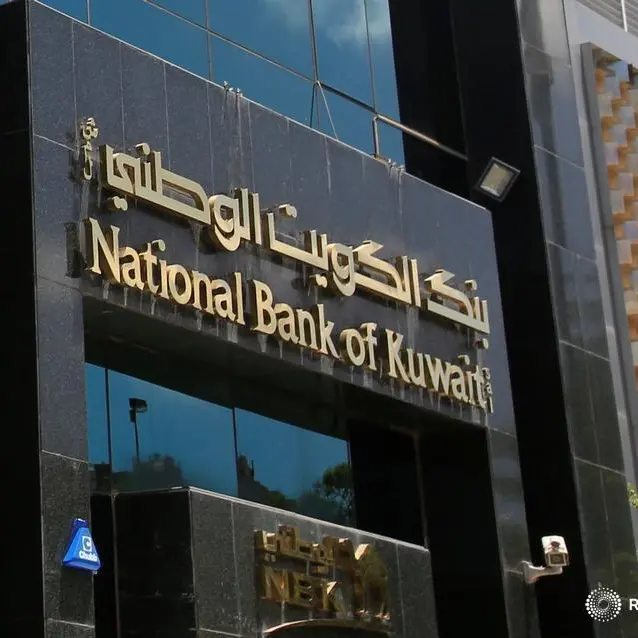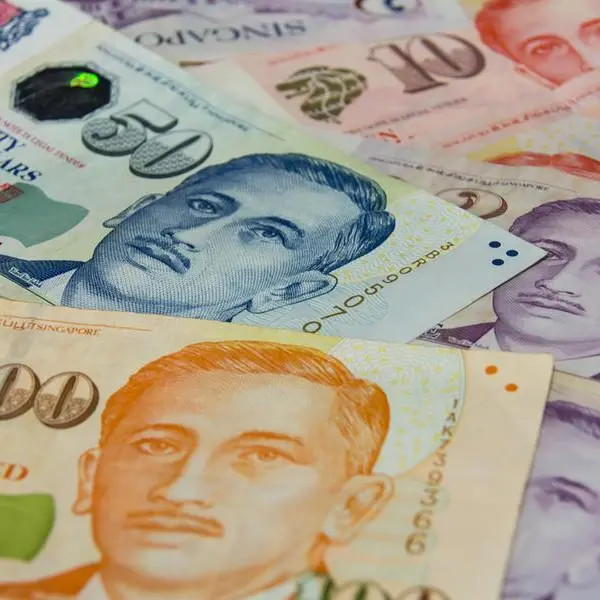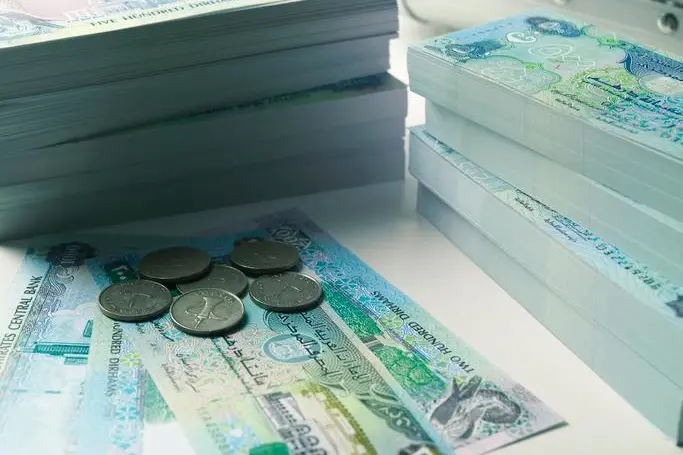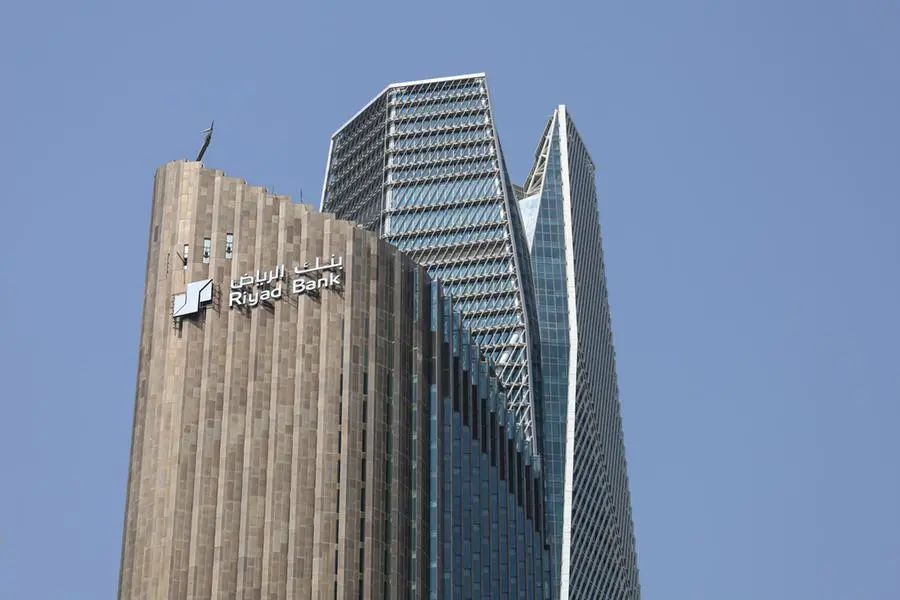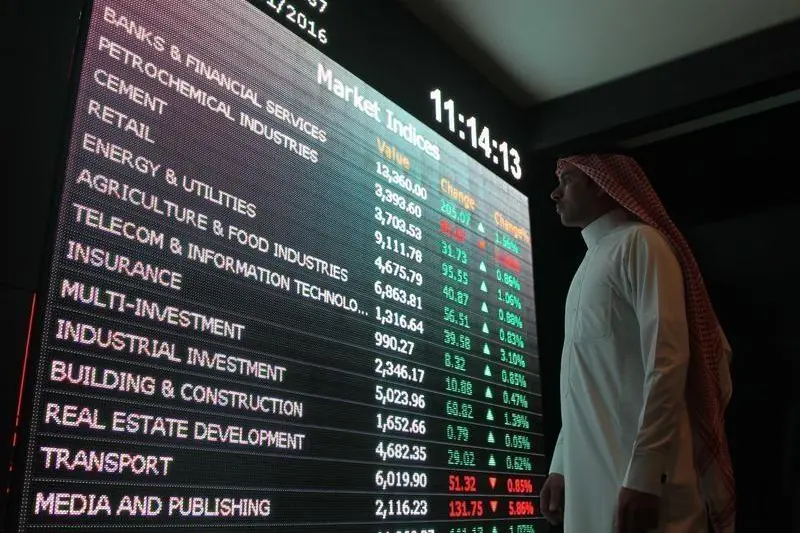PHOTO
Remittance flows to the Mena region rose by 2.3 percent to about $56 billion in 2020, due to strong remittance flows to Egypt and Morocco, said the World Bank in a new report.
Flows to Egypt increased 11 percent to a record high of nearly $30 billion in 2020, while flows to Morocco rose 6.5 percent. Also registering an increase was Tunisia (2.5 percent). In contrast, other economies in the region experienced losses in 2020, with Djibouti, Lebanon, Iraq, and Jordan posting double-digit declines, according to WBs latest Migration and Development Brief.
In 2021, remittances to the region is likely to grow 2.6 percent due to moderate growth in the euro area and weak outflows from the GCC countries. Remittance costs: The cost of sending $200 to the region fell slightly in the fourth quarter of 2020 to 6.6 percent. Costs vary greatly across corridors: the cost of sending money from high-income countries of the Organisation for Economic Co-operation and Development to Lebanon remained very high, mostly in the double digits. On the other hand, sending money from GCC countries to Egypt and Jordan costs around 3 percent in some corridors.
Globally, despite Covid-19, remittance flows remained resilient in 2020, registering a smaller decline than previously projected. Officially recorded remittance flows to low- and middle-income countries reached $540 billion in 2020, just 1.6 percent below the 2019 total of $548 billion, according to the latest Migration and Development Brief.
The decline in recorded remittance flows in 2020 was smaller than the one during the 2009 global financial crisis (4.8 percent). It was also far lower than the fall in foreign direct investment (FDI) flows to low- and middle-income countries, which, excluding flows to China, fell by over 30 percent in 2020. As a result, remittance flows to low- and middle-income countries surpassed the sum of FDI ($259 billion) and overseas development assistance ($179 billion) in 2020.
The main drivers for the steady flow included fiscal stimulus that resulted in better-than-expected economic conditions in host countries, a shift in flows from cash to digital and from informal to formal channels, and cyclical movements in oil prices and currency exchange rates. The true size of remittances, which includes formal and informal flows, is believed to be larger than officially reported data, though the extent of the impact of Covid-19 on informal flows is unclear.
As Covid-19 still devastates families around the world, remittances continue to provide a critical lifeline for the poor and vulnerable, said Michal Rutkowski, Global Director of the Social Protection and Jobs Global Practice at the World Bank. Supportive policy responses, together with national social protection systems, should continue to be inclusive of all communities, including migrants.
The resilience of remittance flows is remarkable. Remittances are helping to meet families increased need for livelihood support, said Dilip Ratha, lead author of the report on migration and remittances and head of KNOMAD. They can no longer be treated as small change. The World Bank has been monitoring migration and remittance flows for nearly two decades, and we are working with governments and partners to produce timely data and make remittance flows even more productive."
Inward remittance flows to South Asia rose by about 5.2 percent in 2020 to $147 billion, driven by surge in flows to Bangladesh and Pakistan. In India, the regions largest recipient country by far, remittances fell by just 0.2 percent in 2020, with much of the decline due to a 17 percent drop in remittances from the United Arab Emirates, which offset resilient flows from the United States and other host countries.
In Pakistan, remittances rose by about 17 percent, with the biggest growth coming from Saudi Arabia followed by the European Union countries and the United Arab Emirates. In Bangladesh, remittances also showed a brisk uptick in 2020 (18.4 percent), and Sri Lanka witnessed remittance growth of 5.8 percent. In contrast, remittances to Nepal fell by about 2 percent, reflecting a 17 percent decline in the first quarter of 2020.
For 2021, it is projected that remittances to the region will slow slightly to 3.5 percent due to a moderation of growth in high-income economies and a further expected drop in migration to the GCC countries. Remittance costs: The average cost of sending $200 to the region stood at 4.9 percent in the fourth quarter of 2020, the lowest among all the regions.
Some of the lowest-cost corridors, originating in the GCC countries and Singapore, had costs below the SDG target of 3 percent owing to high volumes, competitive markets, and deployment of technology. But costs are well over 10 percent in the highest-cost corridors. TradeArabia News Service
Copyright 2021 Al Hilal Publishing and Marketing Group Provided by SyndiGate Media Inc. (Syndigate.info).
